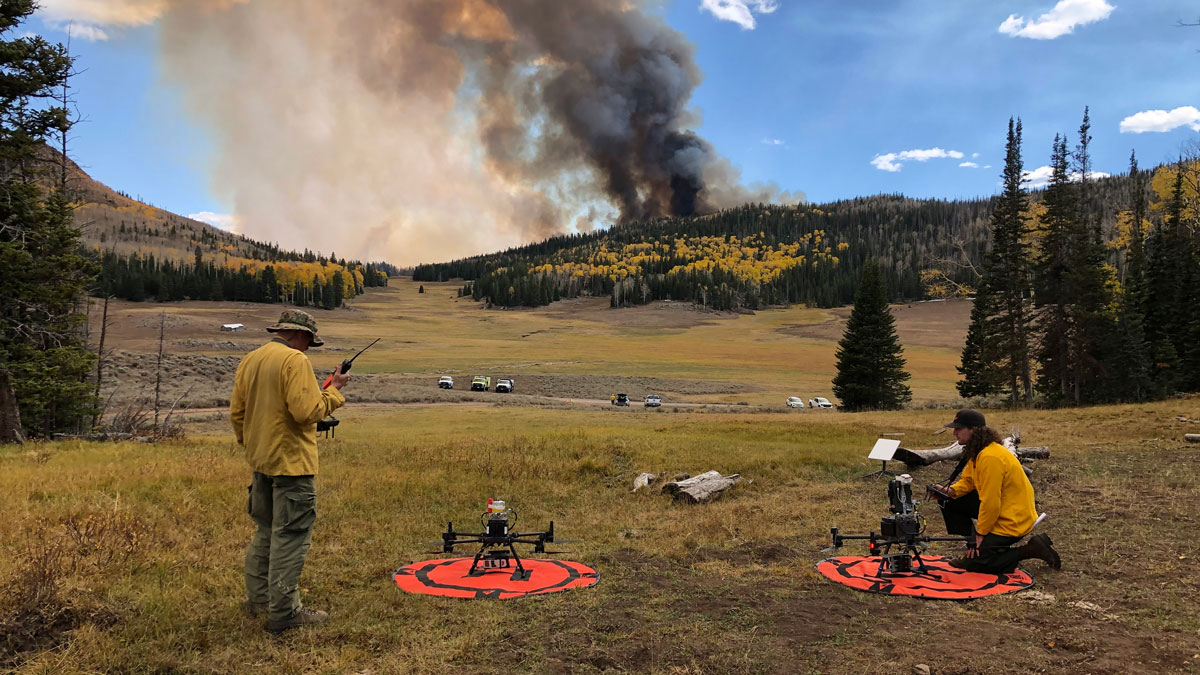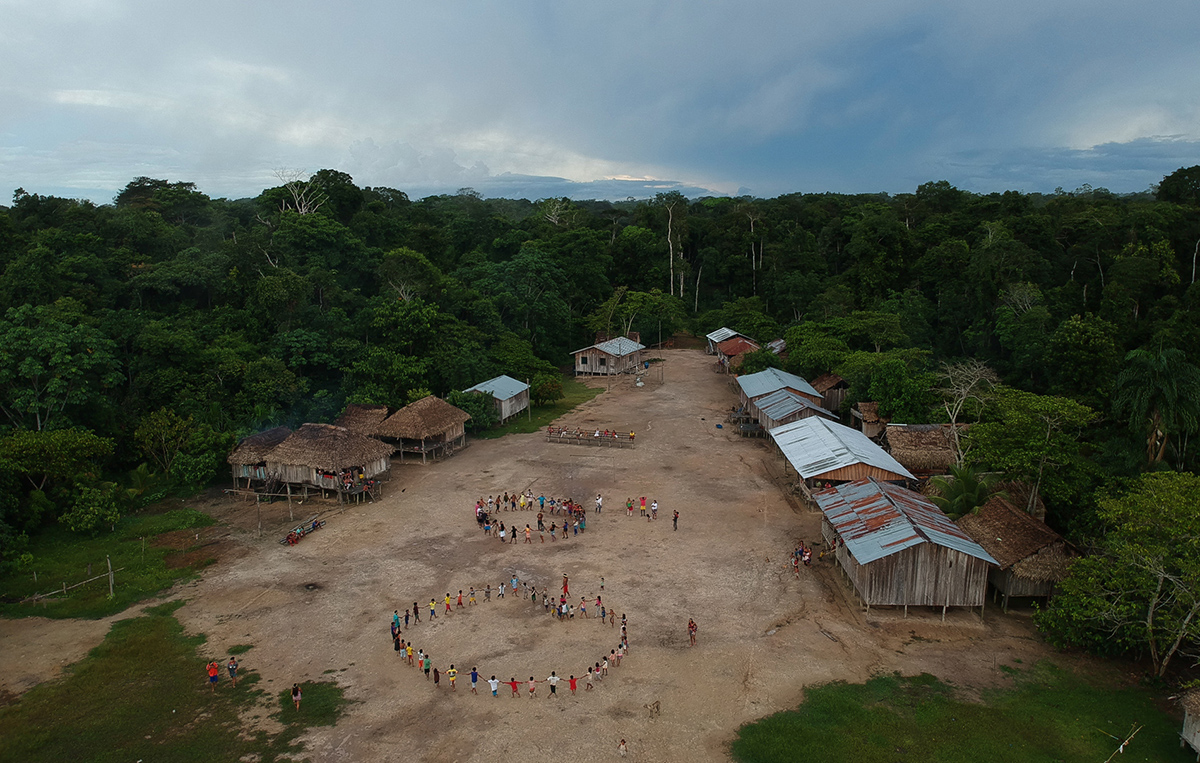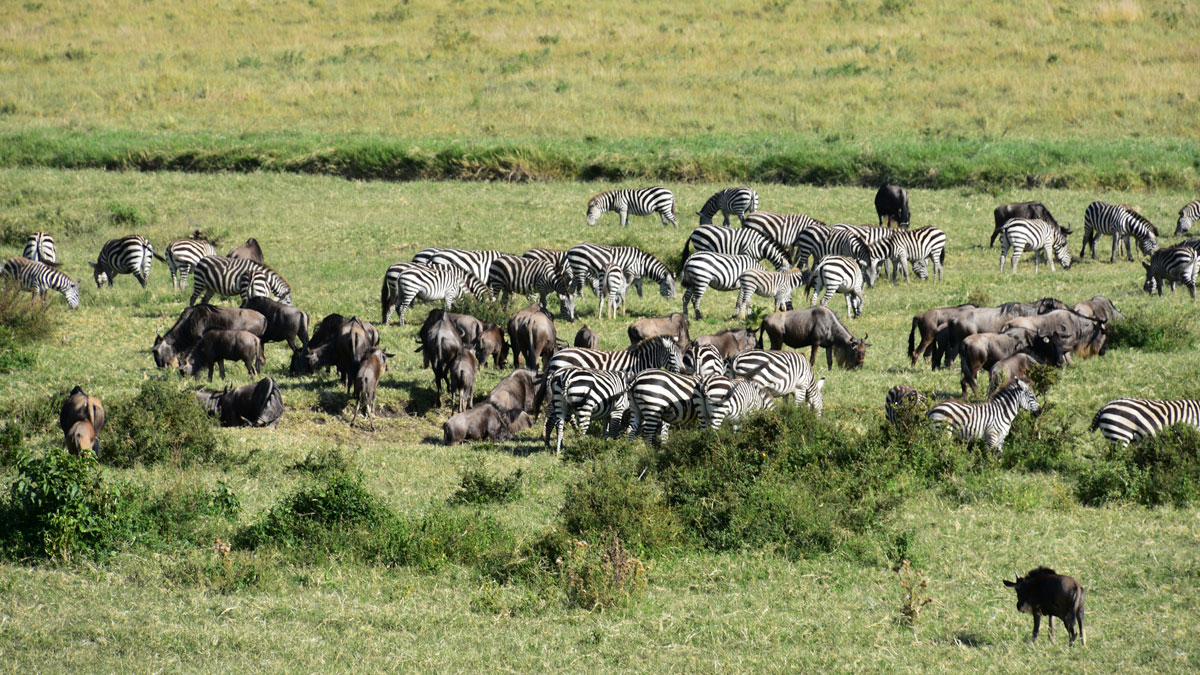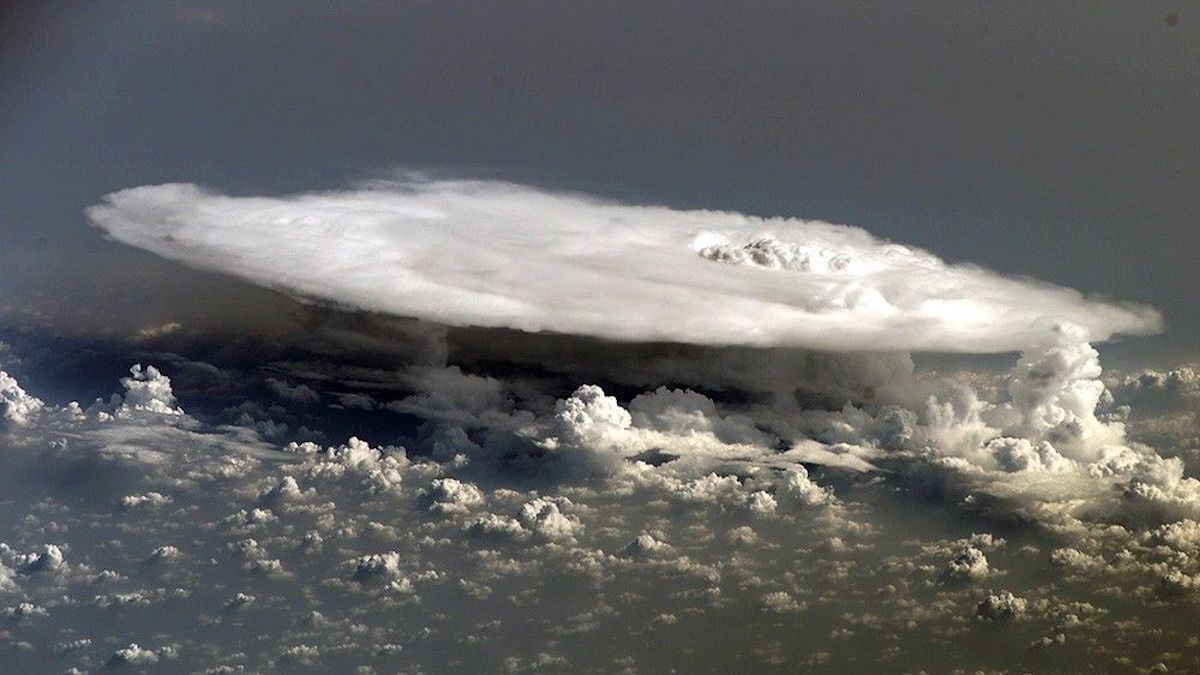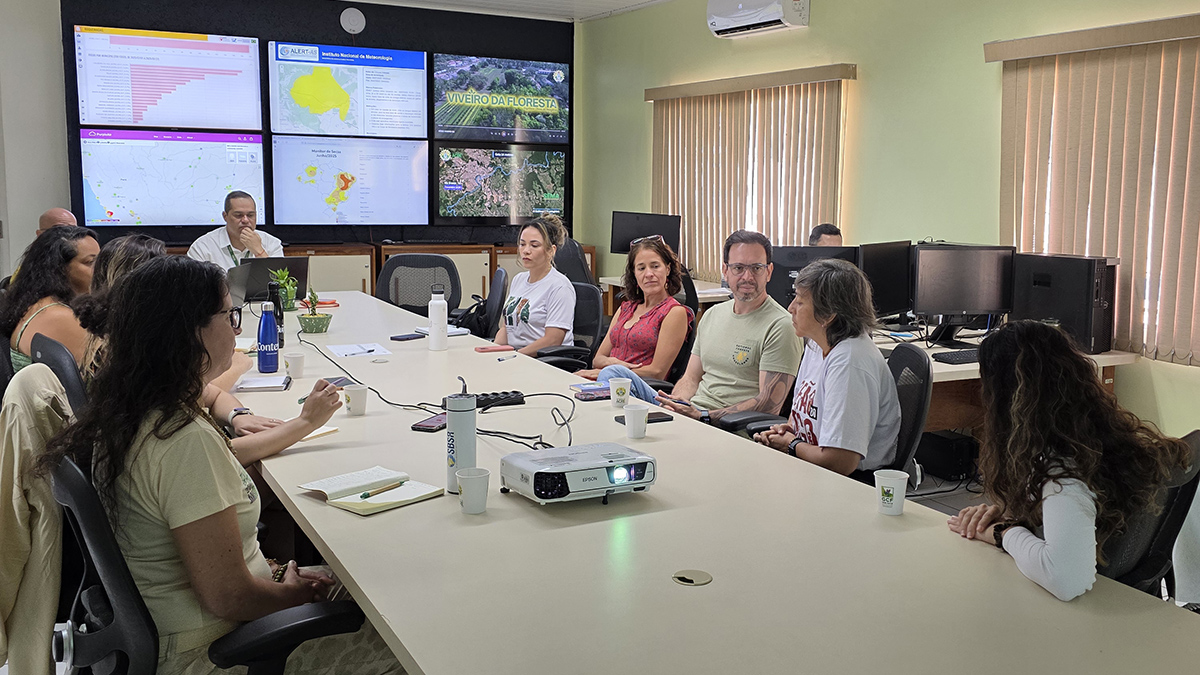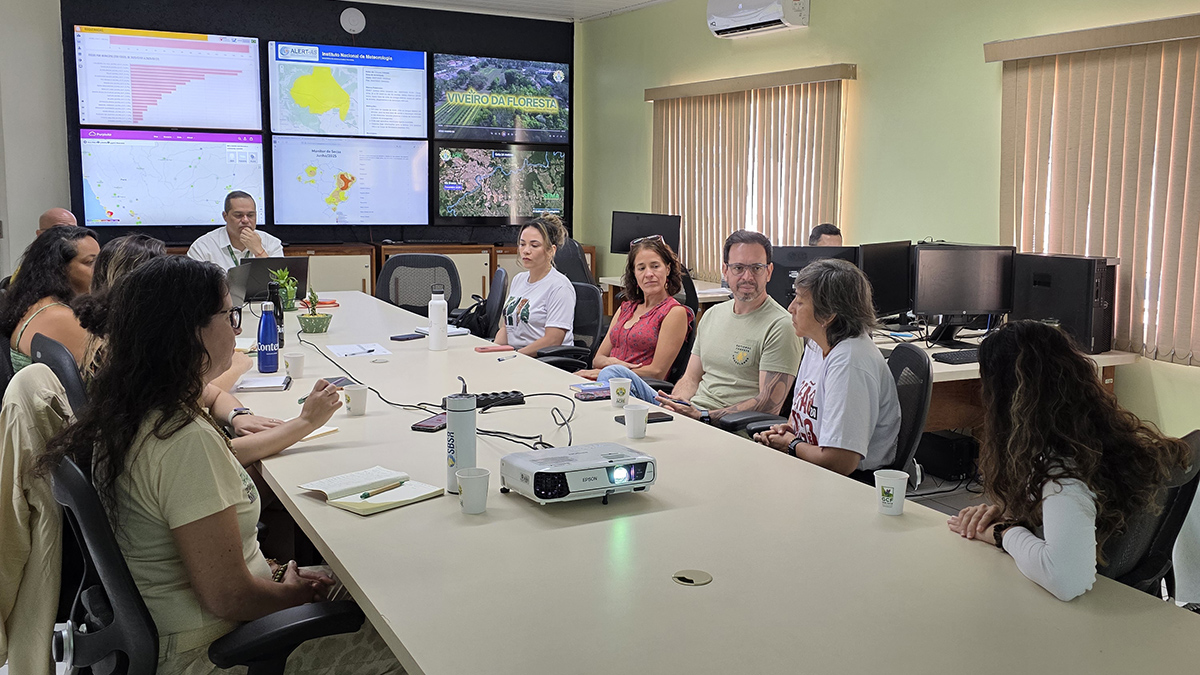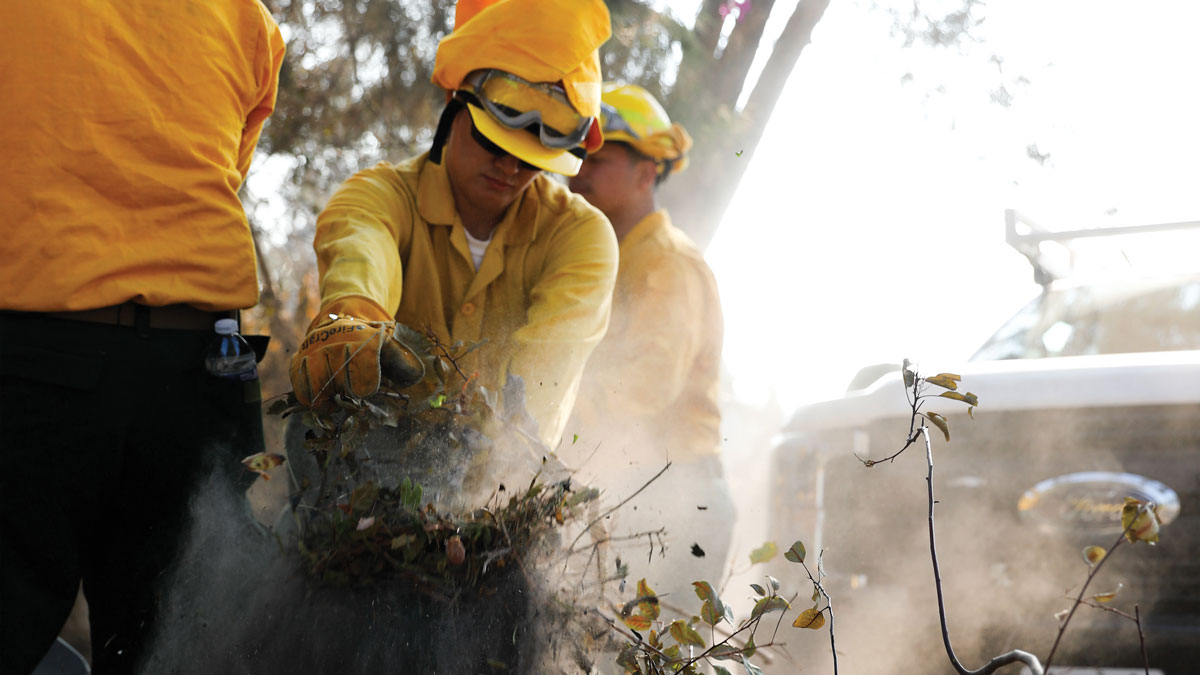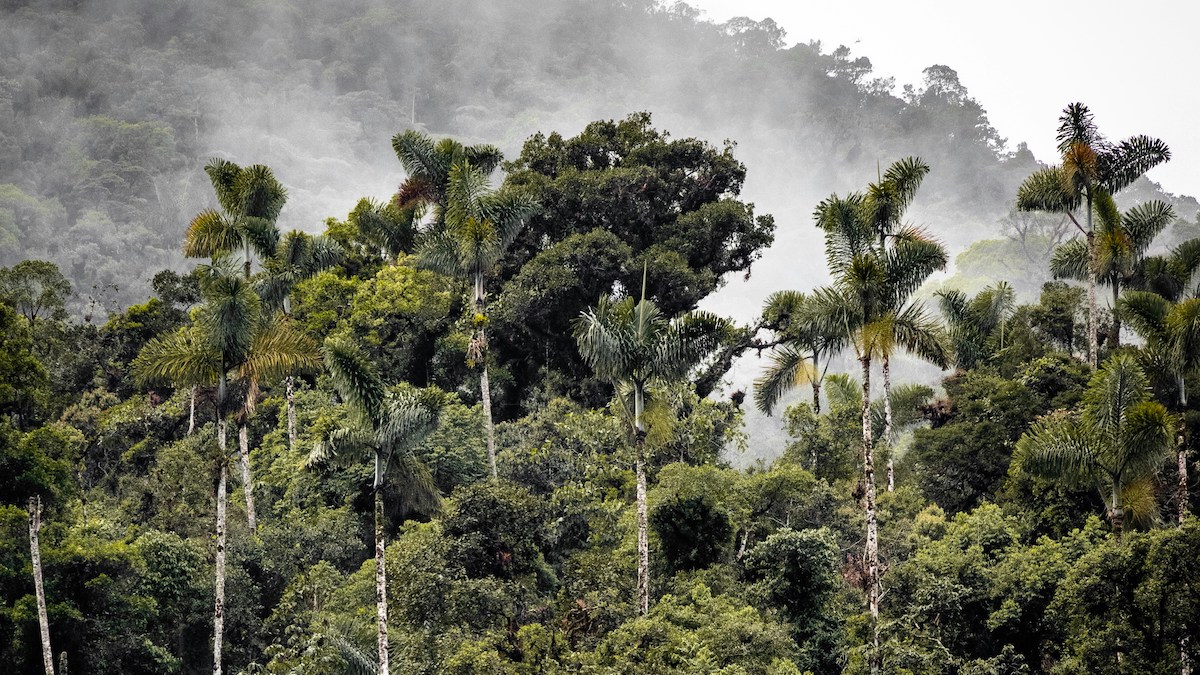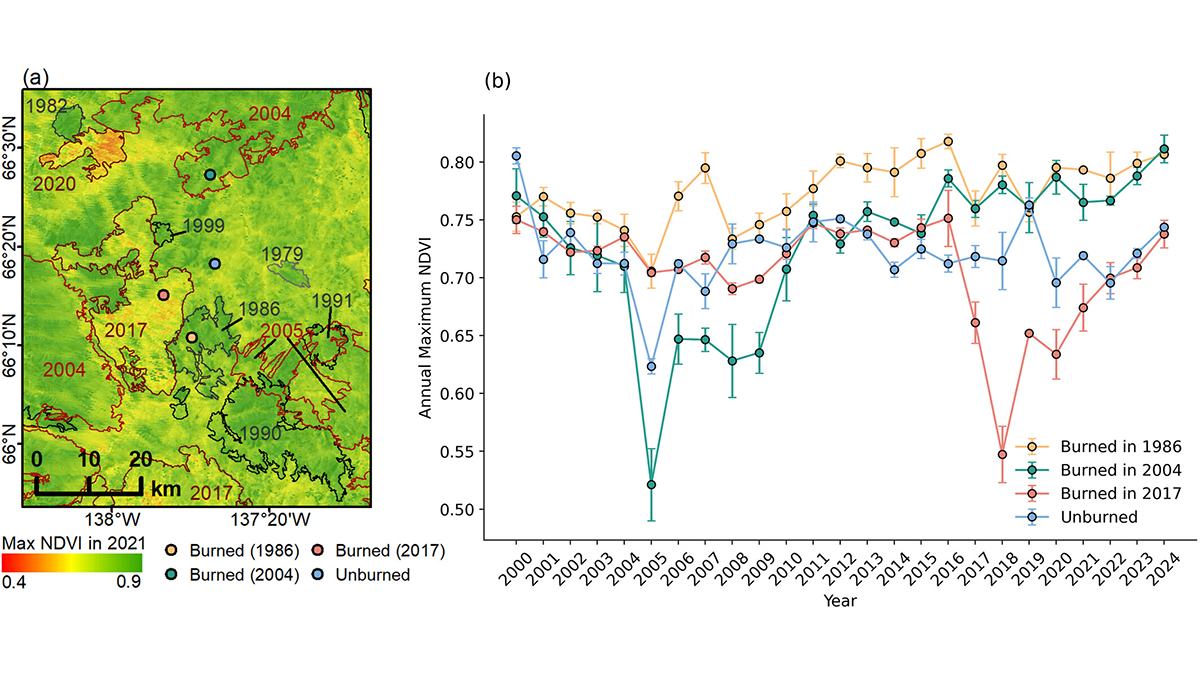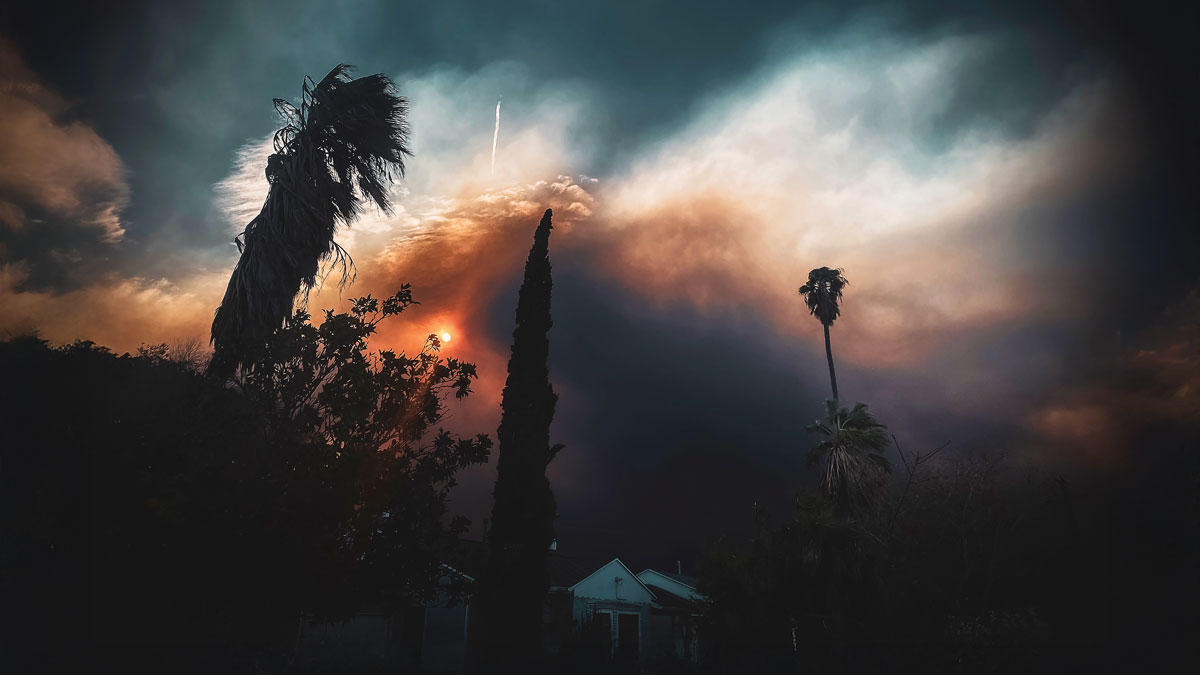Mice exposed to fungi spready by wildfires developed symptoms, exposing a potential health hazard to humans that has been understudied.
wildfires
Fire Encroaches on One of the Amazon’s Most Pristine Indigenous Lands
New research shows how recurring wildfires in the buffer zones around Brazil’s Vale do Javari may undermine one of the Amazon’s last great refuges for isolated Indigenous peoples.
Tracing Fire, Rain, and Herbivores in the Serengeti
Increasing amounts of rain fuel grass growth across the ecosystem and, consequently, the cycles of wildfire and animal migration.
Some Summer Storms Spit Sooty Particles into the Stratosphere
Earth’s typically pristine stratosphere is filling with particles from wildfires and additional moisture due to strong convective storms.
En algunas partes de la Amazonia brasileña, la ciencia lidera la lucha contra los incendios forestales
El estado de Acre utiliza la ciencia para optimizar sus limitados recursos para monitorear y combatir los incendios forestales y la destrucción ambiental.
In Parts of the Brazilian Amazon, Science Leads the Fight Against Forest Fire
The state of Acre counts on science to optimize its limited resources for monitoring and combating forest fires and environmental destruction.
Donde hay fuego, hay humo
Utilizando los instrumentos de monitoreo existentes y nuevos, investigadores trabajan para comprender mejor la calidad del aire durante y después de los incendios forestales de Los Ángeles.
Living Near an Indigenous Forest Could Reduce the Risk of Disease
An analysis of 20 years of health data in eight Amazonian countries, published today in Communications Earth and Environment, shows that protecting Indigenous-managed forests may help reduce various kinds of disease, including fire-related respiratory diseases and illnesses spread by animals.
Radar Surveys Reveal Permafrost Recovery After Wildfires
Boreal-permafrost systems are still resilient against wildfires, but continuous and long-term monitoring is needed to control the impact of climate change.
Fallout from the Fires
In January 2025, wildfires devastated Los Angeles neighborhoods and wildland alike. Scientists are contending with their lasting effects on air, land, and water.

